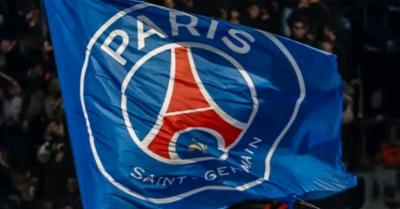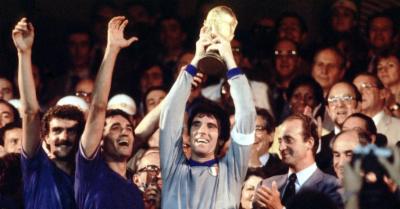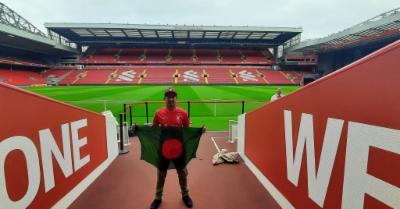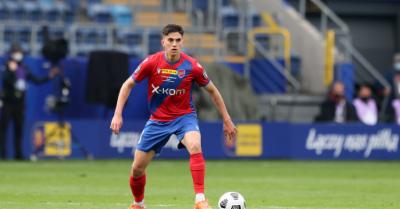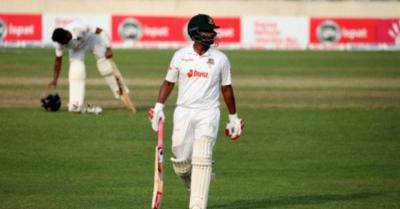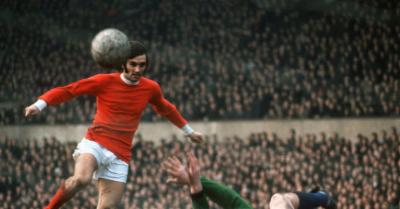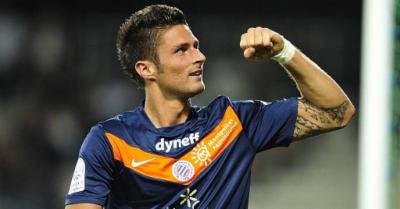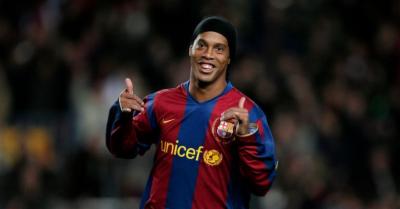JULIAN NAGELSMANN: A POTENTIAL FIT FOR BARCELONA'S MODERN TIKI-TAKA?
পোস্টটি ৩৩৮ বার পঠিত হয়েছে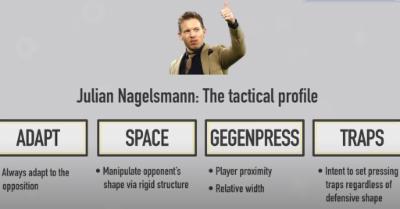
Barcelona's pursuit of a modern identity presents a unique challenge: how to incorporate elements of high-tempo, vertical play into their established tiki-taka tradition. While no manager can guarantee success, Julian Nagelsmann emerges as a compelling candidate due to his tactical flexibility, emphasis on space utilization, and focus on dynamic attacking principles.
1. ADAPTING TO OPPOSITION/RESOURCES: Lack of adaptability is the main reason for Xavi's struggles as manager at FC Barcelona for me. To illustrate, Xavi had 'minimum width' type of wingers but he still played them in his preferred 'maximum width' style.
Nagelsmann's adaptability is his key strength. He excels at analyzing opponents and adjusting his tactics accordingly. This can revitalize Barcelona, who have sometimes been predictable in recent times. While he emphasizes possession and control, he can also shift gears and implement counter pressing tactics if needed. Also, Nagelsmann is comfortable making adjustments mid-game based on situations, of which's luxury we don't have under Xavi.
2. VERSATILITY: 3-2-2-3 , 3-1-4-2 , 5-3-2 , 4-4-2
While Nagelsmann often favors specific formations, he doesn't rigidly stick to those. He demonstrates significant versatility in formations, adapting them based on the opponent's strengths and weaknesses. It avoids the pitfalls of being predictable and allows for tactical surprises against opponents who are familiar with his preferred style.
3. POSSESSION BASED PLAY: "He always wants the ball."
Throughout his career, Nagelsmann has emphasized dominating possessions, echoing Barcelona's core principle. He priotizes ball control and movement, showcasing a tactical understanding that could mesh well with Barcelona's style.
4. USE OF SPACE: "Most coaches like to strength the opponent's midfield line, but I prefer pull the defenders apart and create space in the final third."
While possession is paramount, Nagelsmann isn't just about holding onto the ball. He emphasizes creating space vertically by positioning his attackers high and deep. This allows them to stretch the opponent's defence, opening up passing lanes and creating opportunities for attackers to run behind the defence. This (creating and utilizing space) facilitates his team to be dynamic, unpredictable and difficult to defend against.
5. PRESSING TRAPS:
What are pressing traps?
A pressing trap is a tactical maneuver where the defending team intentionally leaves a specific area of the pitch open to lure the opponent into passing the ball into that space. Once the opponent falls into the trap, the defending team immediately applies pressure on the player who received the ball, aiming to win it back in a dangerous area.
How Nagelsmann uses pressing traps:
TARGETING WEAK LINKS: Nagelsmann often targets specific players or areas in the opponent's formation that he perceives as weak links. This could be a player who is less comfortable receiving the ball under pressure or an area where the opponent is less organized defensively.
TRIGGERING PRESS: Once the opponent enters the vulnerable area, Nagelsmann's players trigger the press by closing down the ball receiver quickly. This could involve several players surrounding the opponent to cut off passing options and force a turnover.
VARIATIONS: Nagelsmann utilizes various press trap formations depending on the situation. He might use individual players to block specific passing lanes or create a coordinated pressing structure that funnels the opponent towards a specific area.
Pressing traps can be more efficient than simply applying constant pressure throughout the game. They allow Barcelona to conserve energy while still creating opportunities to win the ball back in dangerous areas. Also, Barcelona can exploit the opponent's vulnerabilities and gain a tactical advantage.
Challenges:
High Risk, High Reward
Requires Communication and Coordination
6. OPPONENT BOX:
JOKERS IN ATTACK: Nagelsmann's fullbacks play a crucial role in his attacking system, acting as "jokers" who can overlap and provide width in the final third. This philosophy suits Barcelona's tradition of attack-minded fullbacks like Dani Alves and Jordi Alba.
WINGER FOR MINIMUM WIDTH: Nagelsmann's system typically utilizes wingers who tuck inside to create numerical overloads in central areas, relying on fullbacks to provide width in the final third. This approach aligns well with Barcelona's current crop of wingers who are more comfortable playing centrally.
OVERLOAD: In Nagelsmann's tactics, overloading the opponent'sbox refers to creating a numerical advantage aiming to overwhelm the opponent's defense and create goalscoringopportunities.
In conclusion, Julian Nagelsmann's adaptability, tactical awareness, and emphasis on both possession-based play and creating space make him a strong candidate to manage Barcelona. His unique approach featuring elements of gegenpressing, pressing traps, and overloading the opponent's box could potentially revitalize Barcelona while still respecting their traditional philosophy. Only time will tell if Nagelsmann is the catalyst for Barcelona's desired evolution, but his potential to blend the familiar with the innovative makes him a compelling choice.
- 0 মন্তব্য




